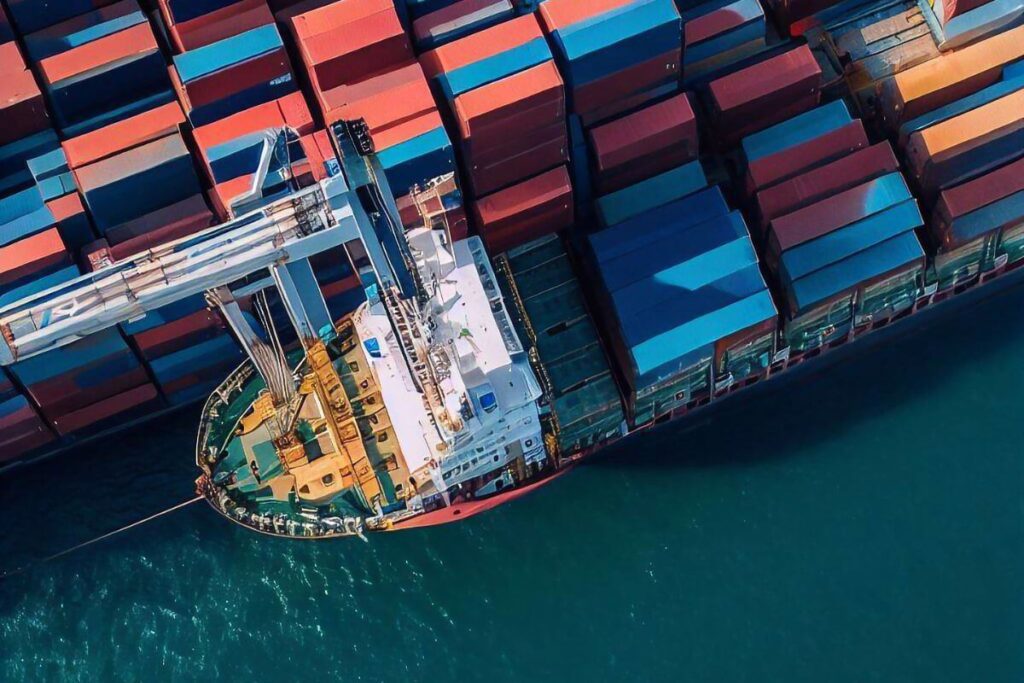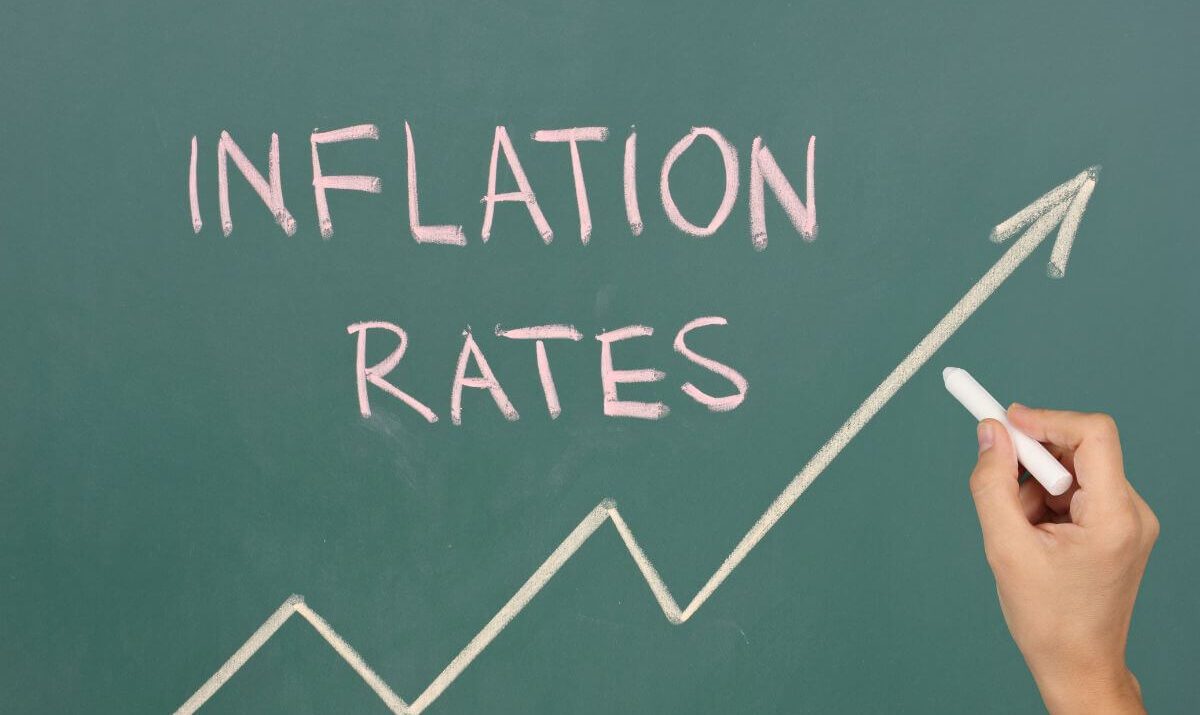As of 2024, the global inflation rate is around 5.9%. This means that, on average, prices for goods and services worldwide are about 6% higher than a year ago. However, this single number doesn’t tell the whole story. Inflation rates vary widely from country to country, and even within different sectors of the economy.
Over the past few years, the world has experienced a rollercoaster ride when it comes to inflation. In 2020, as the COVID-19 pandemic hit, global inflation actually dropped to about 2%. But as economies started to recover in 2021 and 2022, inflation surged, reaching a peak of nearly 9% in many parts of the world. Since then, it has been gradually coming down but remains higher than what most economists consider ideal.
Let’s look at the inflation rates in specific regions below.
Inflation Rates in Developed Economies
Developed economies have relatively lower inflation rates according to data from Global Finance. Below is a breakdown of inflation in specific developed countries and regions.
Inflation Rate in the United States
The U.S. has seen its inflation rate cool down from a peak of around 8% in 2022 to about 3% in 2024. This is still above the Federal Reserve’s target of 2% but is a significant improvement.

Inflation Rate in the European Union
Inflation in the EU has followed a similar pattern to the U.S.. It peaked at over 10% in some countries in 2022, but as of 2024, the average inflation rate across the EU has fallen to around 3-4%. However, the rate varies between member states as some Eastern European countries still have higher rates.
Inflation Rate in Japan
The case in Japan is unique because the country struggled with deflation for years until recently. In 2022 and 2023, Japan finally saw sustained inflation, reaching about 3%. While this might seem low compared to other developed economies, it represents a significant shift in Japan’s economy.
Inflation Rates in Emerging Markets and Developing Economies
Emerging markets and developing economies typically have higher inflation rates because of factors like their less stable political environment and more vulnerable currencies. Let’s look at specific developing economies below.
Inflation Rate in China
Although China is a developing country, its inflation rate has remained relatively low compared to many other countries, hovering around 2-3% in recent years. This is partly due to ongoing economic challenges, including a property market slump and weaker consumer demand.

Inflation Rate in India
India has experienced higher inflation than many other major economies, with rates often between 5-7% in recent years. Food prices play a significant role in India’s inflation, given their large weight in the consumer price index.
Brazil
Brazil has managed to bring its inflation rate down from double digits in 2021 to around 4-5% in 2024. This represents a success for the country’s central bank, which has implemented aggressive monetary tightening.
Countries with Extremely High Inflation Rates
While most of the world deals with inflation in the single or low double digits, a few countries are experiencing much more severe price increases. Venezuela continues to struggle with hyperinflation, with annual inflation rates in the triple digits. Argentina has also seen very high inflation, with rates over 100% in recent years. Zimbabwe, Sudan, and Lebanon are other countries grappling with extremely high inflation rates, often due to political instability, economic mismanagement, or both.
Factors Driving Current Inflation
Economists have identified several factors driving the current global inflation. Here are some of them.
Post-Pandemic Economic Recovery
As COVID-19 restrictions eased, pent-up consumer demand surged. People were eager to spend money on travel, dining out, and other activities they had been unable to do during lockdowns. This sudden increase in spending put upward pressure on prices.
Supply Chain Disruptions
The pandemic caused major disruptions to global supply chains. Factory closures, shipping delays, and shortages of key components (like computer chips) made it harder and more expensive to produce and transport goods. These higher costs were often passed on to consumers.

Energy Prices
Energy costs play a big role in overall inflation. Oil and gas prices spiked in 2022 due to the Russia-Ukraine war and other factors, driving up costs for transportation, heating, and electricity. While energy prices have moderated somewhat since then, they remain a key factor in inflation calculations.
Geopolitical Events
The Russia-Ukraine war has had far-reaching effects on global inflation. Beyond energy prices, it has impacted food prices (as both countries are major grain exporters) and caused broader economic uncertainty. Other geopolitical tensions, like U.S.-China trade disputes, have also contributed to inflationary pressures.
Central Bank Responses
Central banks in countries with high inflation rates are taking measures to stabilize the economy. The primary tool they use to fight inflation is raising interest rates. Higher rates make borrowing more expensive, which should slow down spending and investment. Since 2022, many central banks around the world have raised rates aggressively to combat high inflation.
However, central bankers face a delicate balancing act. If they raise rates too high or too quickly, they risk causing a recession. But if they don’t do enough to control inflation, it can become entrenched and harder to bring down later.
Sources
- https://www.cfr.org/tracker/global-inflation-tracker
- https://www.macrotrends.net/global-metrics/countries/WLD/world/inflation-rate-cpi
- https://gfmag.com/data/economic-data/worlds-highest-lowest-inflation-rates/
- https://www.statista.com/statistics/256598/global-inflation-rate-compared-to-previous-year/
- https://www.statista.com/topics/8378/inflation-worldwide/#topicOverview
- https://www.statista.com/statistics/1034154/monthly-inflation-rates-developed-emerging-countries/
- https://www.cnbc.com/select/why-is-inflation-so-high/










